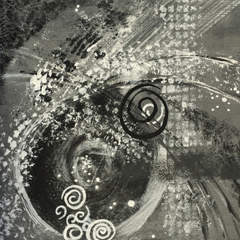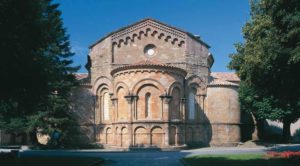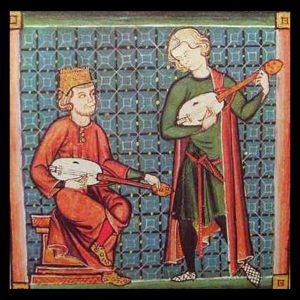About the Instruments on Four Extraordinary Spanish Guitars, a new CD from Frank Wallace on Gyre
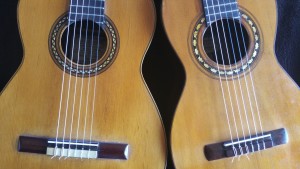
M Ramirez, c. 1910 and Gutierrez, 1854
In the mid-late 19th century, the vibrant Sevilla school of guitar building centered on one street, the Calle de la Cerrajería, where at #32 renowned builder Antonio Torres Jurado (1817-1892) did his most creative work from 1856-1869. Arriving in 1845, he lived in Sevilla for almost a quarter century. Before opening his own shop in 1854, Torres worked up to five years in the shop of Manuel Gutiérrez Martínez (1773-1857) at #36 Calle de la Cerrajería. Since Torres and Gutiérrez were close friends, one assumes Gutiérrez shared his knowledge and skills with the younger Torres. The oldest guitar on this album, an 1854 Gutiérrez built the year Torres made his first known guitar, is remarkably similar to an 1857 Torres guitar (FE 07) in the Yale University Musical Instruments Collection.
I had the opportunity to compare the two instruments some years ago. The resemblance is stunning. They are alike in size, shape and lightness of construction. Both have three-piece backs, five radial struts, a v-shaped shaft splice, and an almost identical headstock, in a shape reminiscent of bull’s horns. The two luthiers clearly used similar techniques to refine the tops. (The Gutiérrez varies widely from 1.4-2.2 mm, corroborating Torres’ famous statement that his secret is in the feel of the tips of his thumb and forefinger). With different woods for the back and sides, their sound is remarkably similar: rich, dark, full and complex. Since Torres built this guitar in the older, smaller style of Gutiérrez the year the elder luthier died, one wonders if he built it in honor of his friend.
Manuel de Soto y Solares (1839-1906) took over Gutiérrez’ former shop at #36 (renumbered as #4) in 1868 then moved to #7 in 1875. From a distinguished family of Sevilla guitar builders (his father, both grandfathers, his brother, his children and grandchildren), he is credited with developing the tablao guitar for the burgeoning flamenco market, with its shallow depth, cypress back and sides, and domed top and back. My Soto y Solares is a superb example, showing the influence of Torres, whose instruments were fast becoming famous. It was exhibited at the 2000–2001 Boston Museum of Fine Arts’ Dangerous Curves: Art of the Guitar Exhibition.
Manuel Ramírez (1864-1916) changed guitar history when the young Andrés Segovia walked into his Madrid shop asking to rent a guitar. The 1912 instrument that he gifted him became Segovia’s principal instrument until 1937, when he began concertizing on a 1937 Hauser I. Both instruments are now at the Metropolitan Museum in New York. The influence of Manuel Ramírez’ exquisite Torres-inspired instruments still resonates today, with good reason. Santos Hernández*, Domingo Esteso, and Enrique García among other great builders all worked in his shop.
The instruments of Ignacio Fleta (1897-1977) were made famous by many twentieth century virtuosos, including Segovia and John Williams. Like Madrid’s Manuel Ramírez, Fleta in Barcelona had the opportunity to repair many Torres guitars. By the late 1950s Fleta was pioneering his own style of guitarbuilding, veering away from his earlier lighter Torres construction to satisfy his clientele, who were performing in large halls. His early training and building was in violins, cellos, and bass viols. No wonder his guitars have such a soul-stirring sustain. In an interview shortly before his death, he spoke of the pivotal influence of Torres on his work.
— Frank Wallace with Nancy Knowles
*Santos Hernández built the Segovia 1912 Ramírez
Comments
Post Date
November 17, 2015
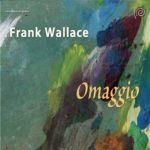 Omaggio
Omaggio